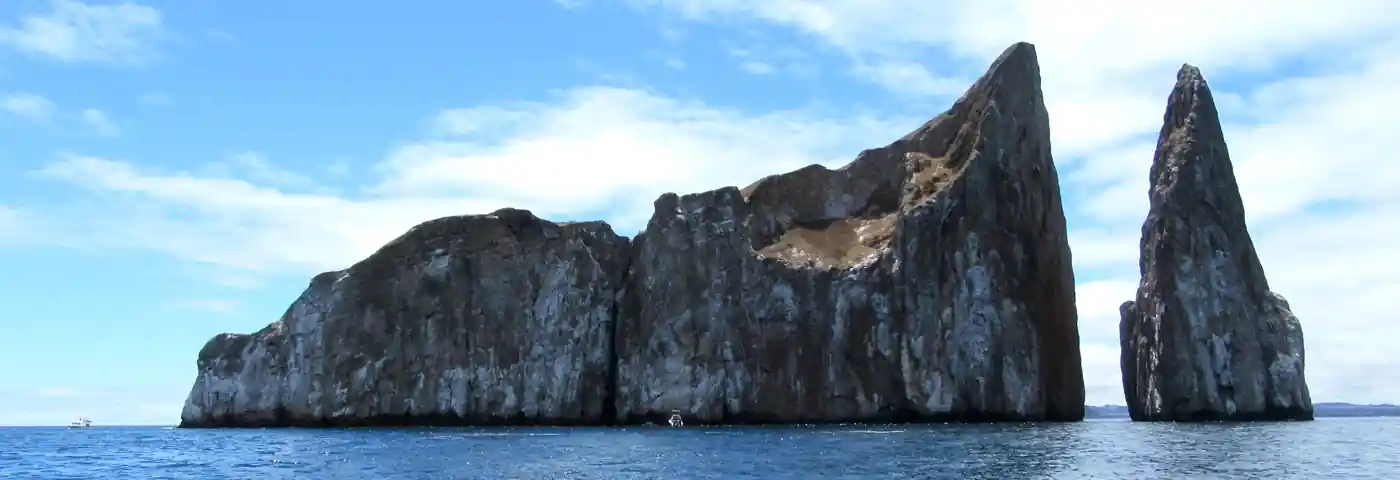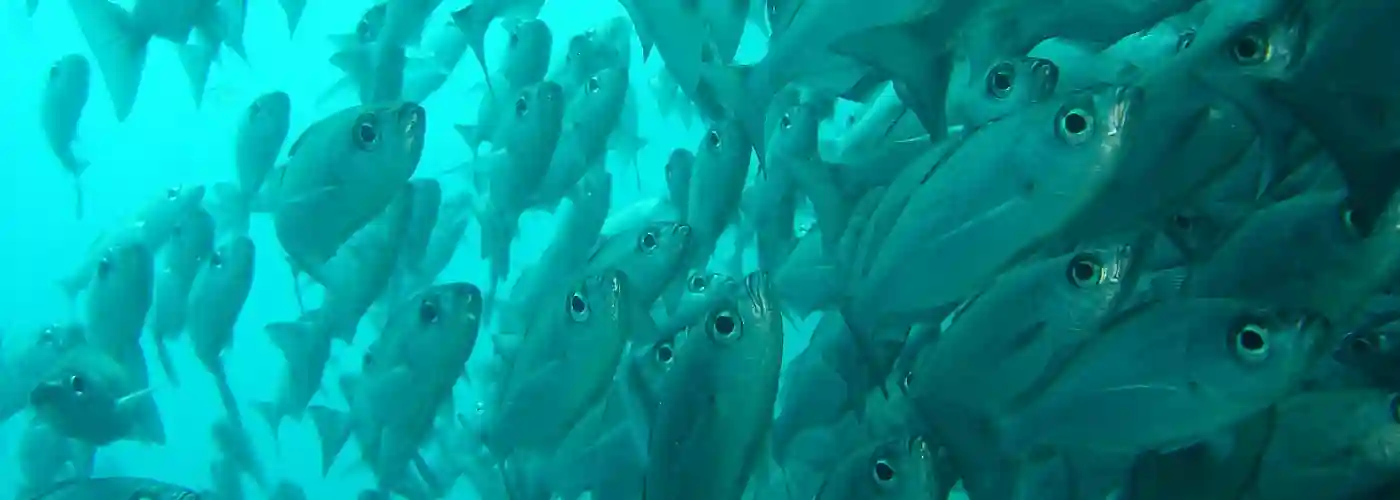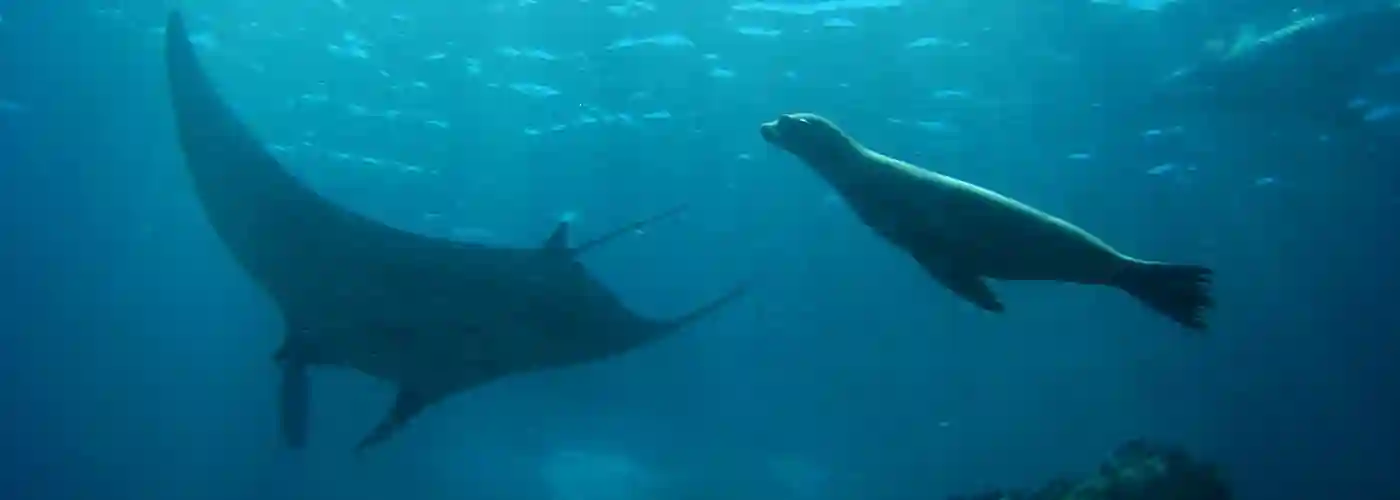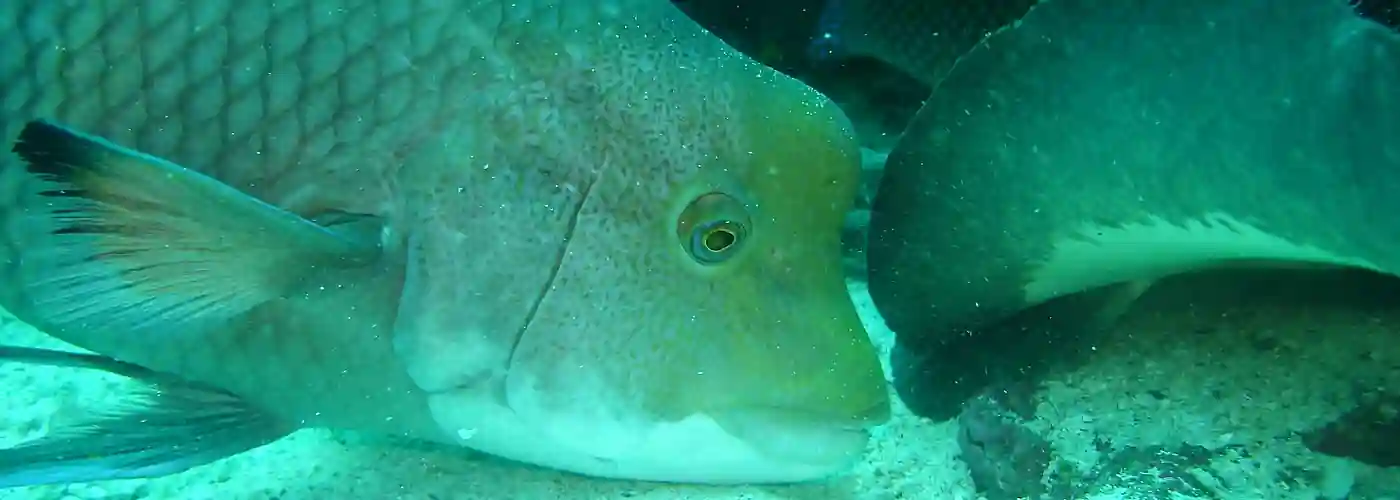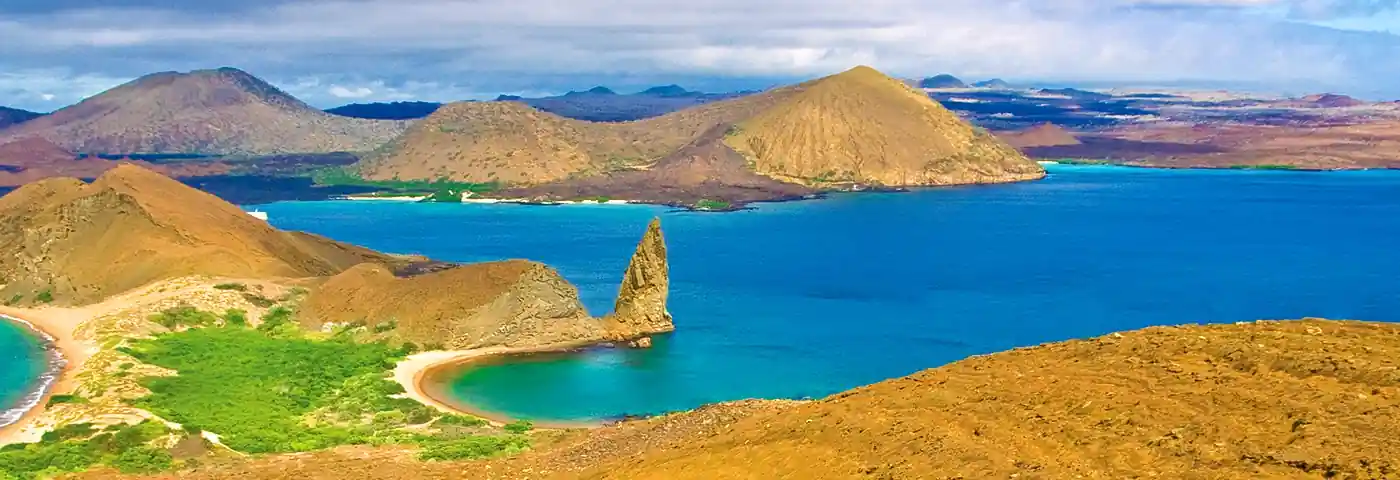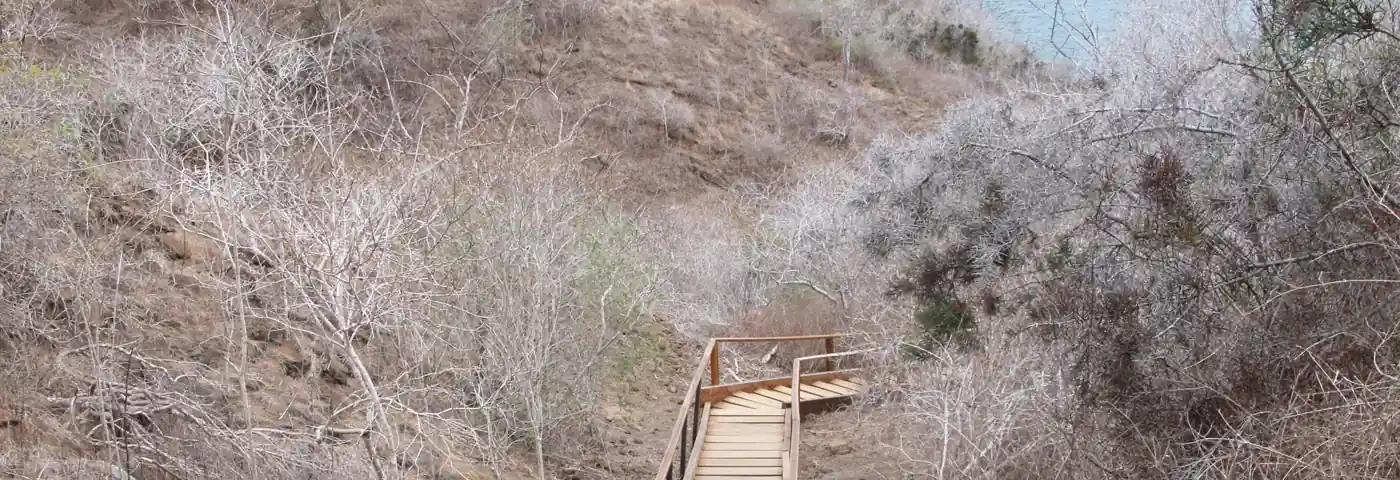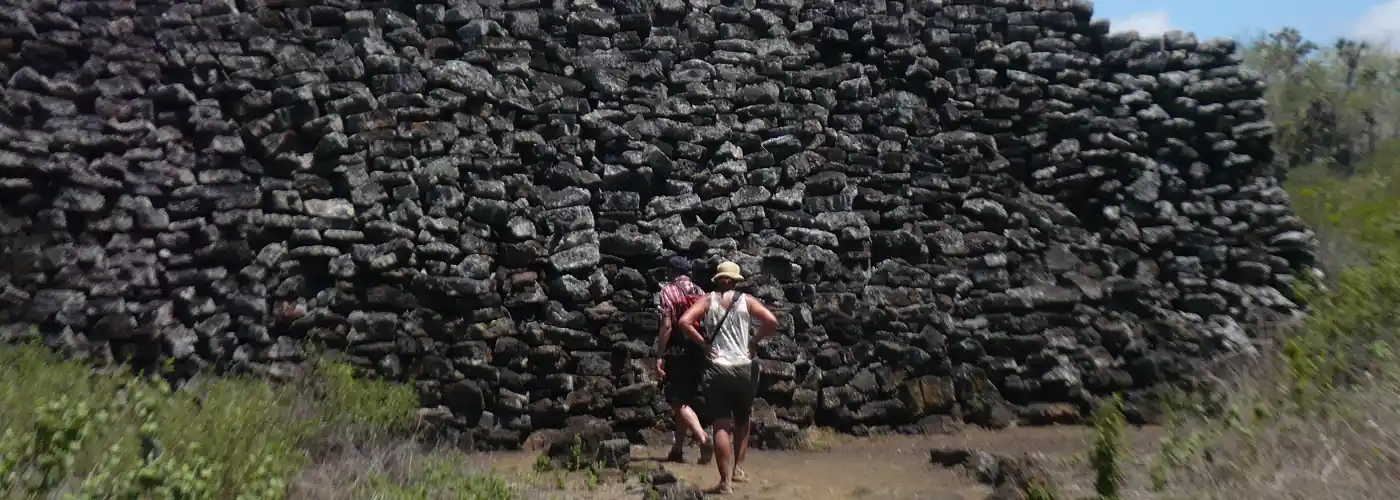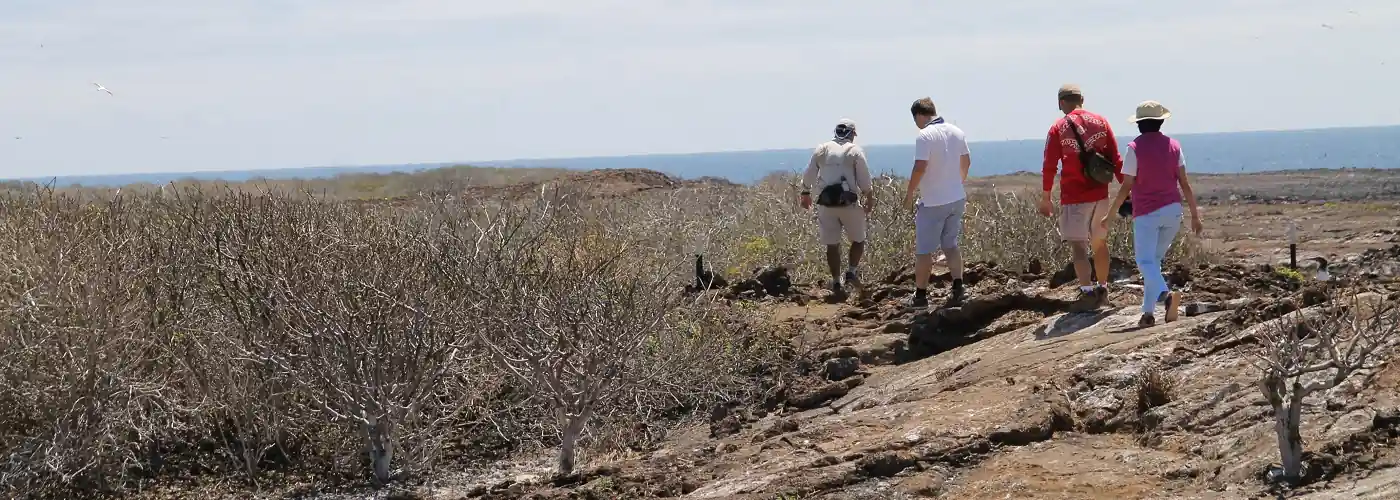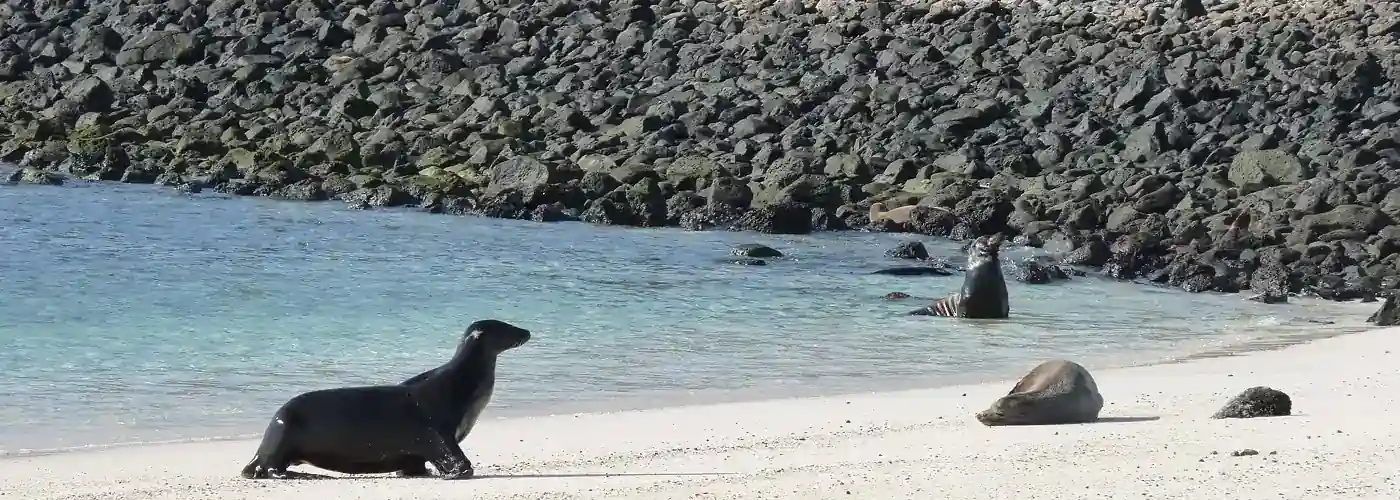8 days dive cruise yacht Aggressor: January – May
Route 8 days: January - May
- 8 days
- 2-16
Highlights of the tour
- Schools of hammerhead sharks
- Different species of rays
- Diving with sea lions and sea turtles
- Galapagos giant tortoises in their natural habitat
Overview
The yacht Aggressor takes you on a varied dive cruise through the Galapagos archipelago. During 8 days with many exciting dives you will explore the underwater world of the Galapagos Islands. You will be professionally accompanied and prepared for the dives.
With high probability you will see species like manta rays, hammerhead sharks and Darwin batfishes.
Of course, there will also be plenty of time to relax and enjoy yourself aboard the yacht.
Itinerary
Morning – Arrival at Baltra Airport: At the mainland airport, you have purchased your TCC or Ingala card and a luggage inspection has already been conducted to ensure that no foreign plant or animal species are introduced. Upon your arrival at Seymour Ecological airport, your TCC (Transit Control Card) will be stamped. This must be kept in a safe place during your trip, as it must be presented again on your return flight. In addition, the Galapagos National Park entrance fee is due upon entry (US$200), if not already paid. Your guide will meet you at the airport, help you with your luggage and will accompany you on the short bus ride to the port. Here you will board the yacht. After greeting the crew and captain, you will be assigned your cabins and then do your first test dive at Carrion Point on the Itabaca Channel.
Meals: Lunch/Dinner
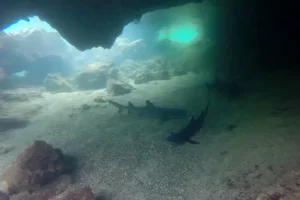
Afternoon – Bartolomé: Bartolomé Island towers 114 meters above Sullivan Bay. Climb the steps of the Bartolomé Summit Trail and be rewarded with panoramic views over volcanic peaks, moon-like craters and lava fields. The island has two stunning beaches, home to sea turtles, and a very small colony of Galapagos penguins at the foot of Pinnacle Rock. You can admire this impressive rock formation up close during a panga ride.
Meals: Breakfast/Lunch/Dinner
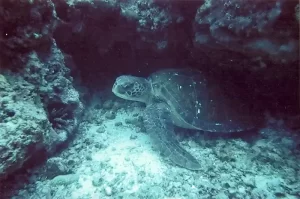
Afternoon – Wolf Island: Named after the German geologist Theodor Wolf, this extinct volcano has an altitude of 253 m above sea level and is located about 160 km northwest of Isabela Island. Land visits are not allowed, however, the bird life, such as: Red-footed Boobies and Vampire Finches, can be observed from the boat. The current at Wolf Island is between 1 and 3 knots and you dive at a depth of about 12 to 27 meters. Wolf is one of those magical islands, with several dive sites to choose from. If you want to see sharks, you are at the right place. Here you can see schools of hammerhead sharks, many Galapagos sharks and occasionally whale sharks. Dolphins, large schools of tuna, spotted eagle rays, barracuda, sea lions and sea turtles are common here. The bottom is littered with hundreds of moray eels, many of which swim freely. Since the water is a few degrees warmer than in the central islands, you can look for many representatives of the underwater fauna of the Indo-Pacific. On a night dive here, you can also watch red-lipped batfish migrate along the seabed.
Meals: Breakfast/Lunch/Dinner

Meals: Breakfast/Lunch/Dinner
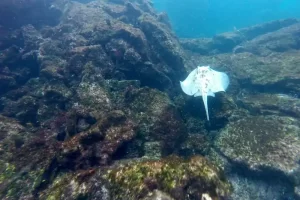
Meals: Breakfast/Lunch/Dinner
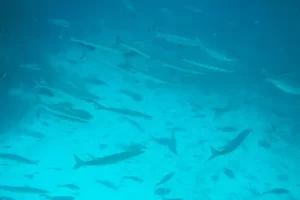
Afternoon – Vicente Roca Point: Vicente Roca Point is located on the west coast of Isabela Island. Also, at a depth of 6 to 27 meters, here you will dive with Galapagos horn sharks and Darwin’s batfish, among others, and observe flightless cormorants, brown pelicans and blue-footed boobies.
Meals: Breakfast/Lunch/Dinner
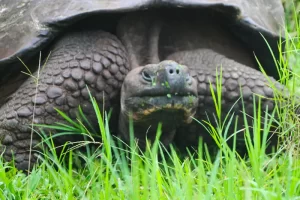
Afternoon – Highlands (Santa Cruz): After lunch, disembark the ship to visit the Santa Cruz highlands on a private bus tour. Here you can admire different species of birds such as the small and large tree finches, ground finches, Galapagos flycatchers and cattle egrets (often standing on the backs of turtles). As you drive into the island’s protected area, you can see the contrasts of this diverse ecosystem. The path leads from the coast through the agricultural land and directly to the dense wet forests. Often you can see the Galápagos giant tortoises in the middle of the trail or walking across the pastures and through the grass. This place is an ornithologist’s paradise because almost all the birds either live on the island or pass through here. Later in the day you will have time to stroll through Puerto Ayora or visit the Charles Darwin Station.
Meals: Breakfast/Lunch/Dinner
After a hearty breakfast, you will disembark the ship and be transferred to Baltra airport for your flight home.
Meals: Breakfast
- Included services
- Accommodation on board in a cabin with private bathroom
- All meals, water, coffee and tea
- All dives with professional instructor
- Airport transfers in Galapagos (only guaranteed if the flight is booked together with the cruise)
- For the dives: 12-L tanks for enriched air, weights, harnesses and diving equipment (personal distress GPS, storm whistle, dive light and signal buoy).
- Towels for bathroom and beach
- Not included services
- International flight and Galapagos flight
Entrance fee to Galapagos National Park ( US$ 200 per person - Transit control card ( US$ 20 per person, subject to change)
- Airport transfers in Galapagos (if the flight is not booked together with the cruise)
- Full diving equipment rental on site (BCD buoyancy jacket, regulator, mask, fins, 7mm wetsuit, hood, gloves, booties, dive computer and flashlight) and nitrox ( US$ 150 per person)
- Soft and alcoholic drinks
- Tips
- Travel insurance covering trip interruption and diving accidents
- Personal expenses
Hints
Depending on the season and the associated change in ocean currents, different species can be observed underwater: Large fish from July to December and warm water fish from January to June.
Required diving skills and experience and physical condition for diving in the Galapagos Islands: In general, diving in the Galapagos is challenging due to the extreme conditions – cold water, strong currents and limited visibility – and is mainly suitable for advanced divers. We strongly recommend that divers visiting the Galapagos have more than 50 logged dives. Divers should also have some experience with rough surface conditions, poor visibility, strong currents and cold water, requiring thicker wetsuits and hoods.
Multiple layers are optimal for diving in the Galapagos. A 7mm wet suit with a light hood, booties and gloves is a good option, or a dry suit with a full 5mm hood will keep most divers warm. To rent a wetsuit, we will need your clothing size (S/M/L/XL) before you arrive in Galapagos. We rent 7 mm wetsuits.
Single travelers share a cabin with a person of the same sex, unless a single room is booked and the single supplement is paid (guaranteed single cabin). Single travelers who agree to share their cabin are exempt from the single supplement even if no other traveler joins them.
Single supplement: 80-100%.
Ask us for children or group discount.
Price not valid for Christmas and New Years´s Eve departures.
All prices are subject to change if local tax increases or other circumstances beyond our control occur.
The itinerary is subject to change at any time due to circumstances beyond our control.
In order to rent a wetsuit, we will need your clothing size (S/M/L/XL) before your arrival in Galapagos. Standard wetsuits with a thickness of 3 mm are rented.
Travel Insurance:
To protect your travel investment, we highly recommend the purchase of travel insurance. Travel insurance is intended to cover medical expenses, trip interruption and cancellation, theft and other losses incurred while traveling domestically or internationally.
Visa and Entry Requirements:
Ecuador requires a valid passport (with a minimum 6 months validity). Contact your local embassy or consulate for the most up-to-date visa requirements.
8 days dive cruise yacht Aggressor: January – May
From US$ 5740 p.p.
Get in touch:

Dayana Arias Leon
- +593 (0)2 2194333
- hello@soleq.travel
Other interesting cruises
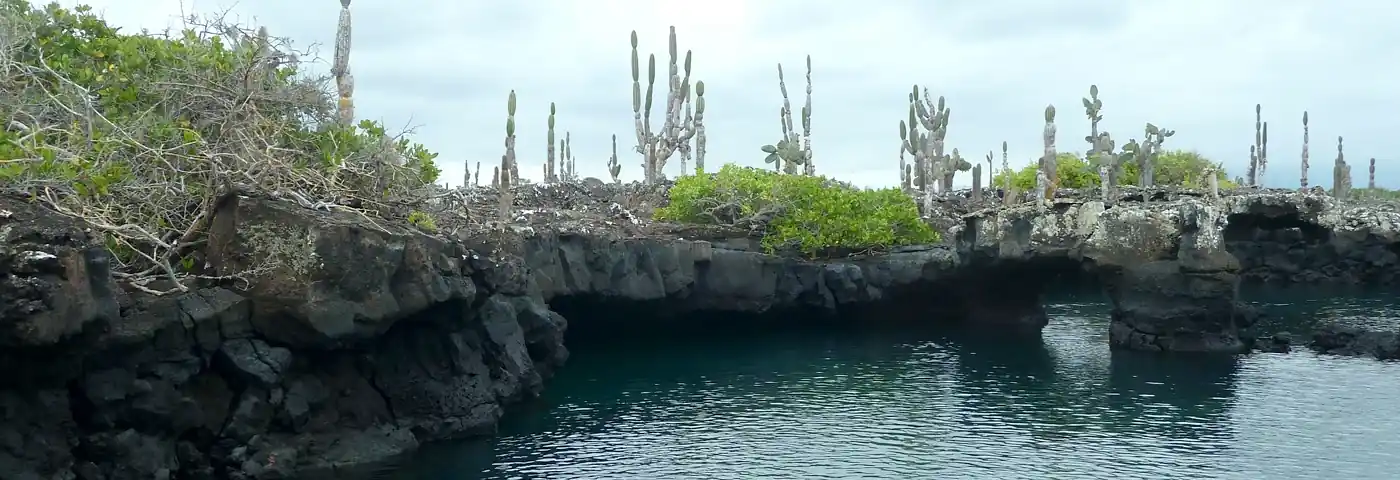

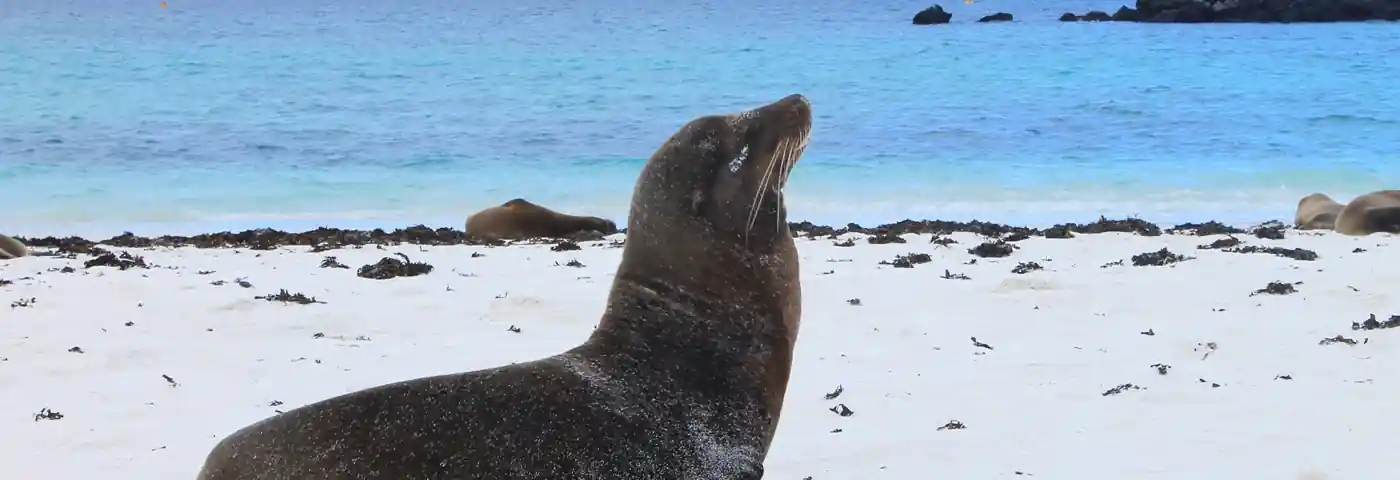


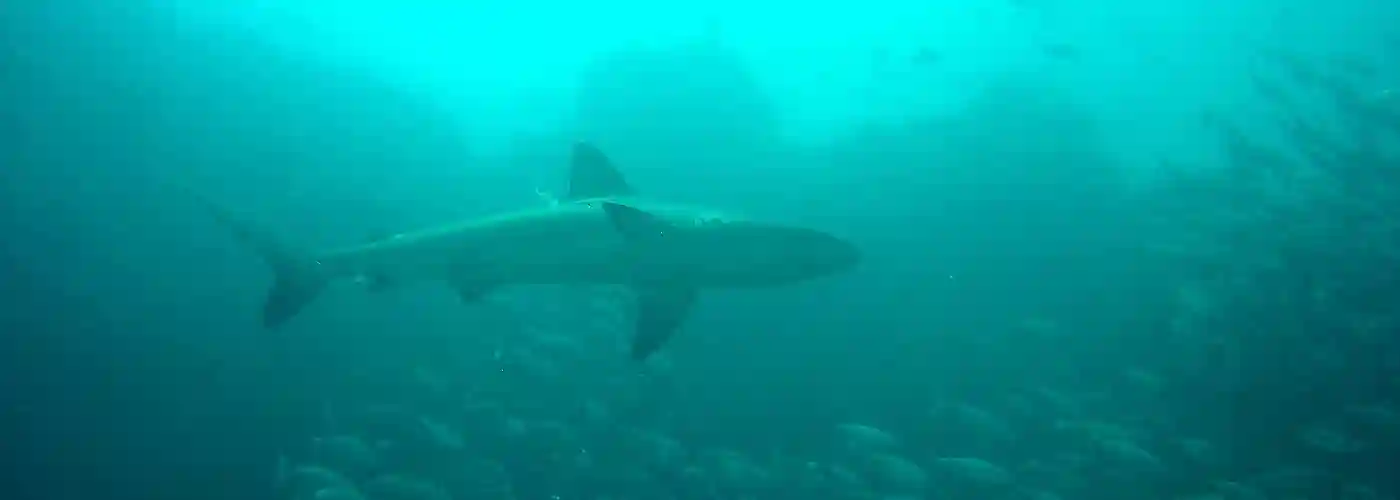
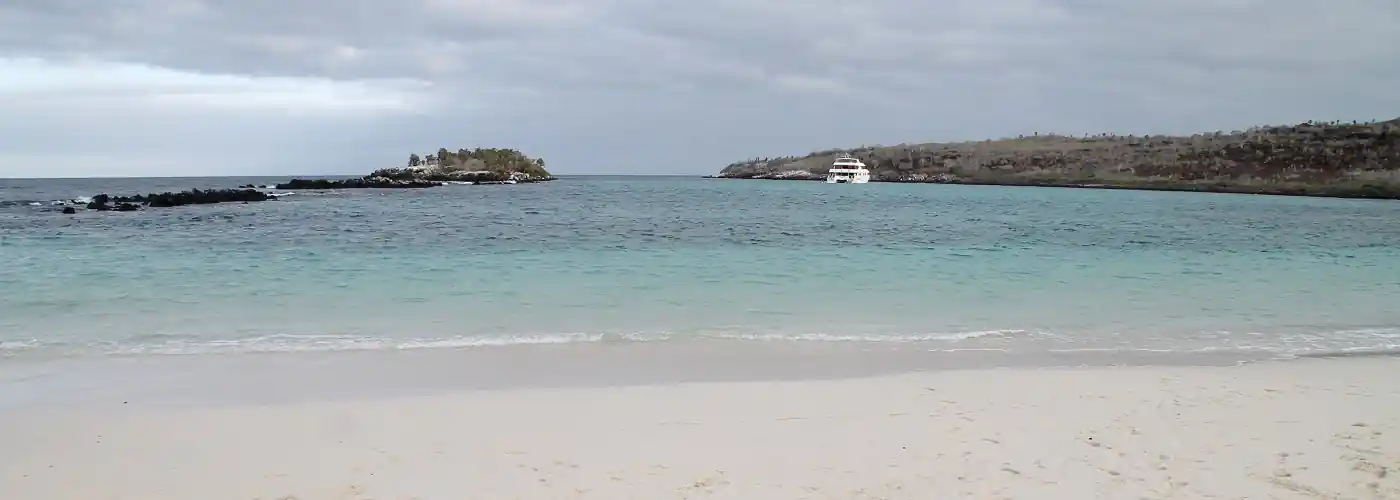
- 8 days
